The Art of Japanese Fermentation and its Influence Across the Globe
Last October, American food professionals visited fermented food producers to deepen their knowledge of Japanese fermentation culture during the “Hakko Tourism in Japan” tour campaign. As part of the tour, organizers held a tasting session where guests gave candid advice from the perspective of the American market to food product manufacturers looking to enter the United States market.
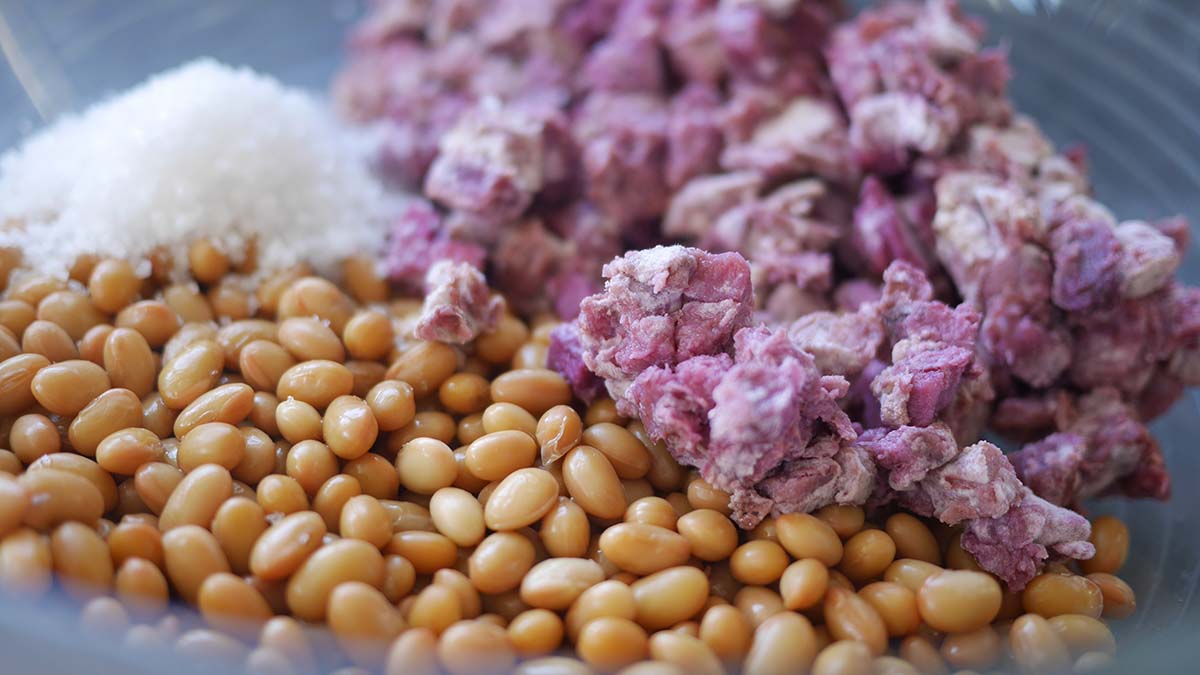
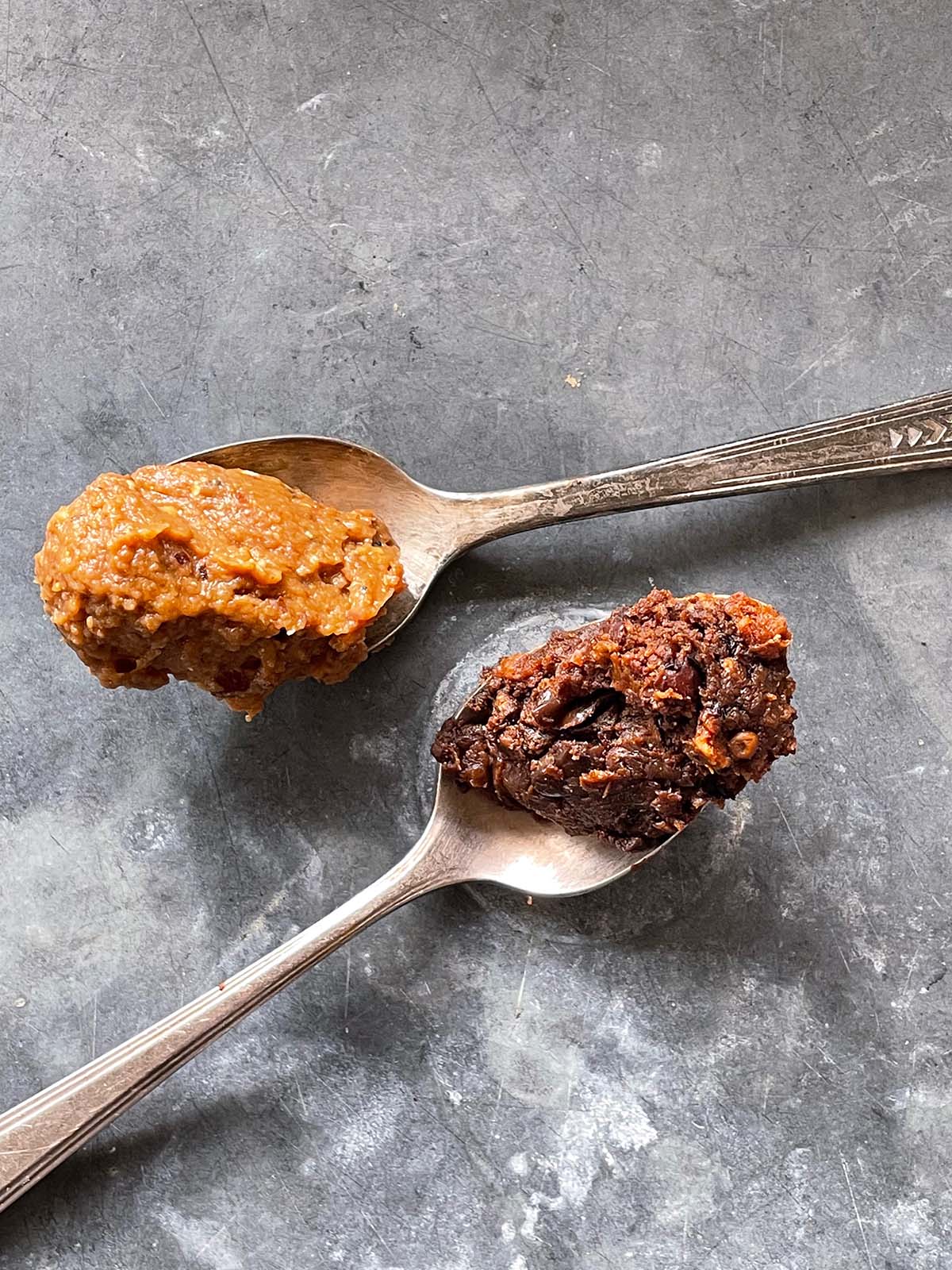
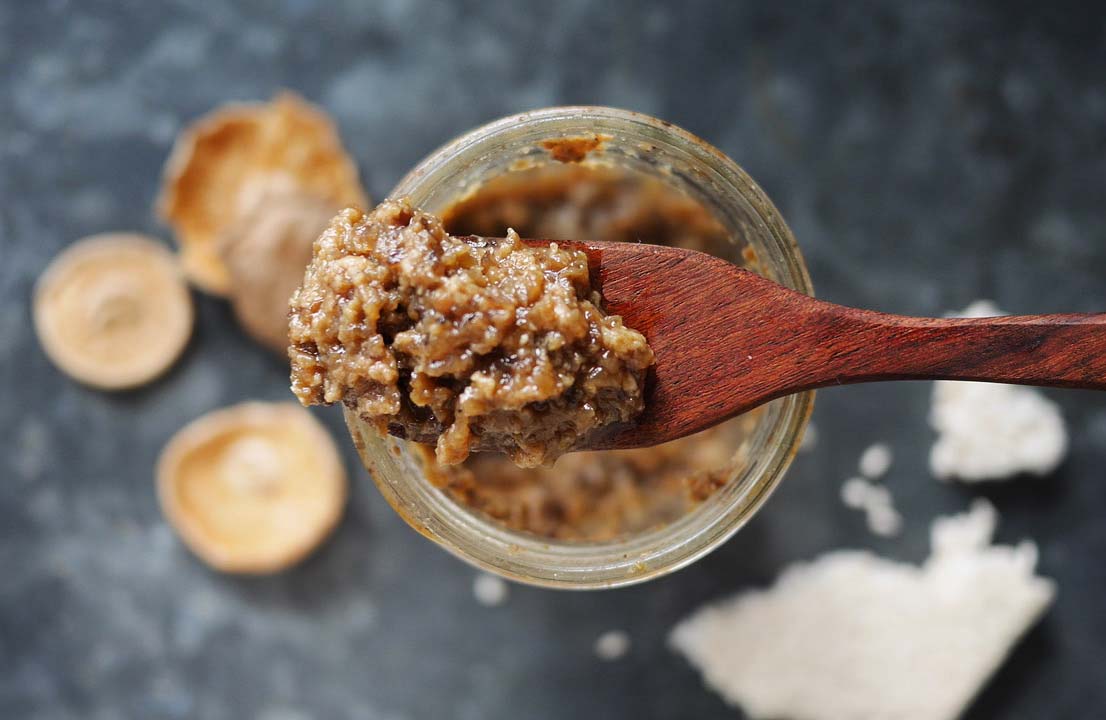
[top left] purple sweet potato koji with soy miso, [top rihgt] misos made with yellow eye beans and Morro beans, and [bottom] shiitake miso (photo by Kirsten K. Shockey)
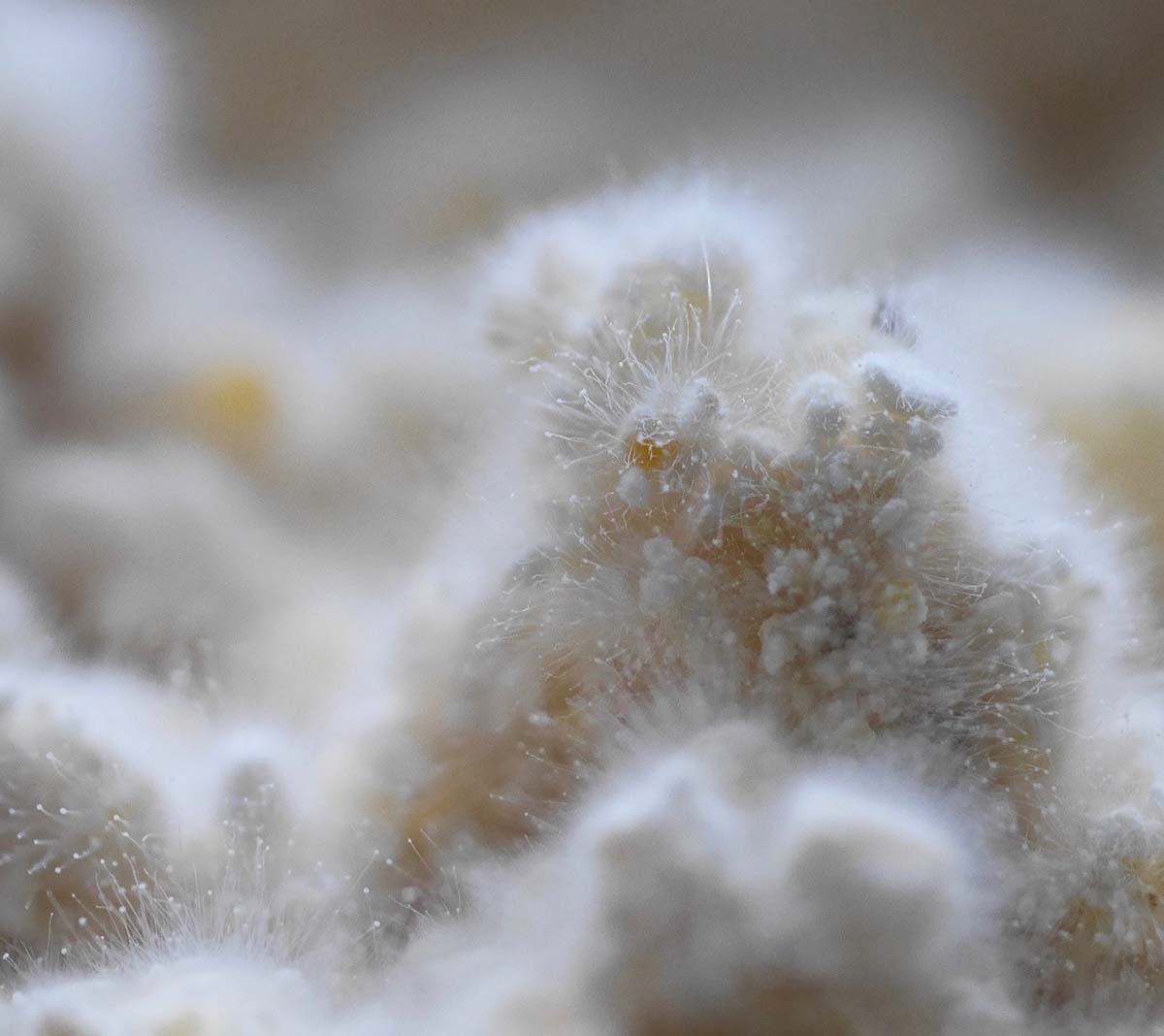
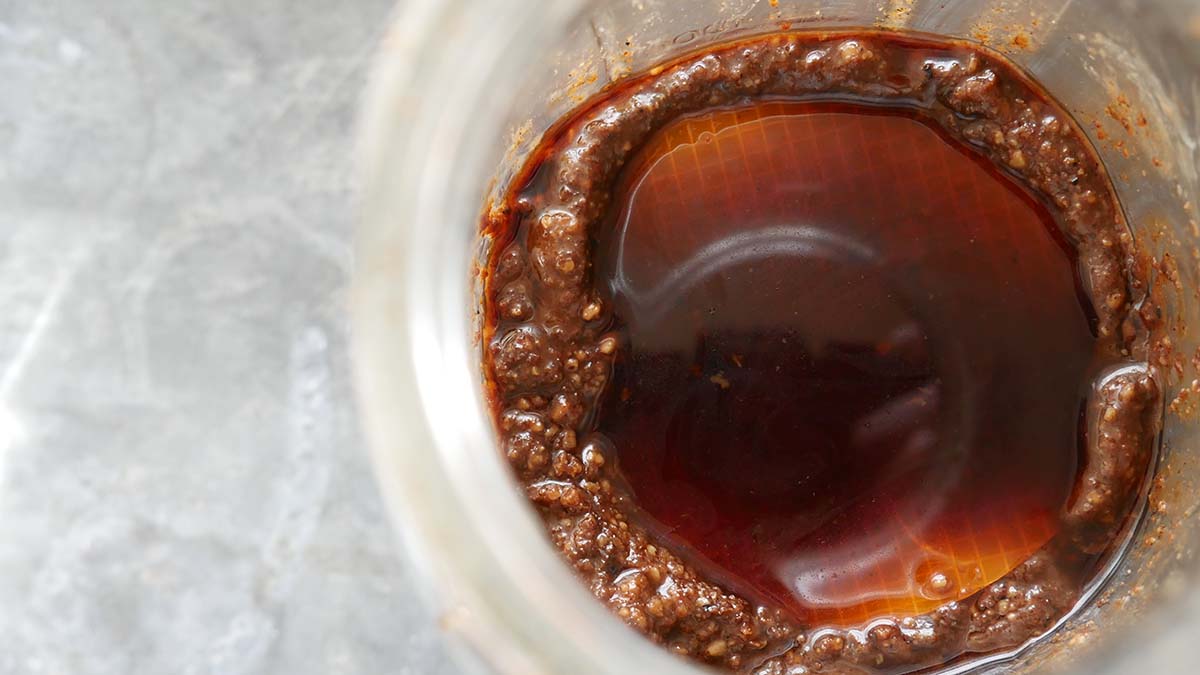
[left] koji growing on corn and [right] Tamari pooling on top of sourdough bread miso (photos by Kirsten K. Shockey)
In pursuit of flavor, cooking techniques and fermentations of Japan are finding themselves in menus and pantries across the globe. How Japanese ferments, in particular, have become a part of culture has been enticing for those seeking tastiness. The Japanese have masterfully worked with microbes over the centuries to unlock sapor, that quality that affects our senses. Incidentally, techniques and ingredients that migrated from China centuries earlier were adapted as well. In this art of flavor, savory or deliciousness was added to bitter, sour, salty, and sweet. The word for umami was coined in Japan in 1908 by chemist Kikunae Ikeda. It is the extra something, the secret sauce, that makes the difference in a dish that is bland or somehow lacking and the one you crave. Many Japanese ferments can sway a dish from meh to dynamic because the fermentation has cultivated amino acids and glutamic acid in particular.
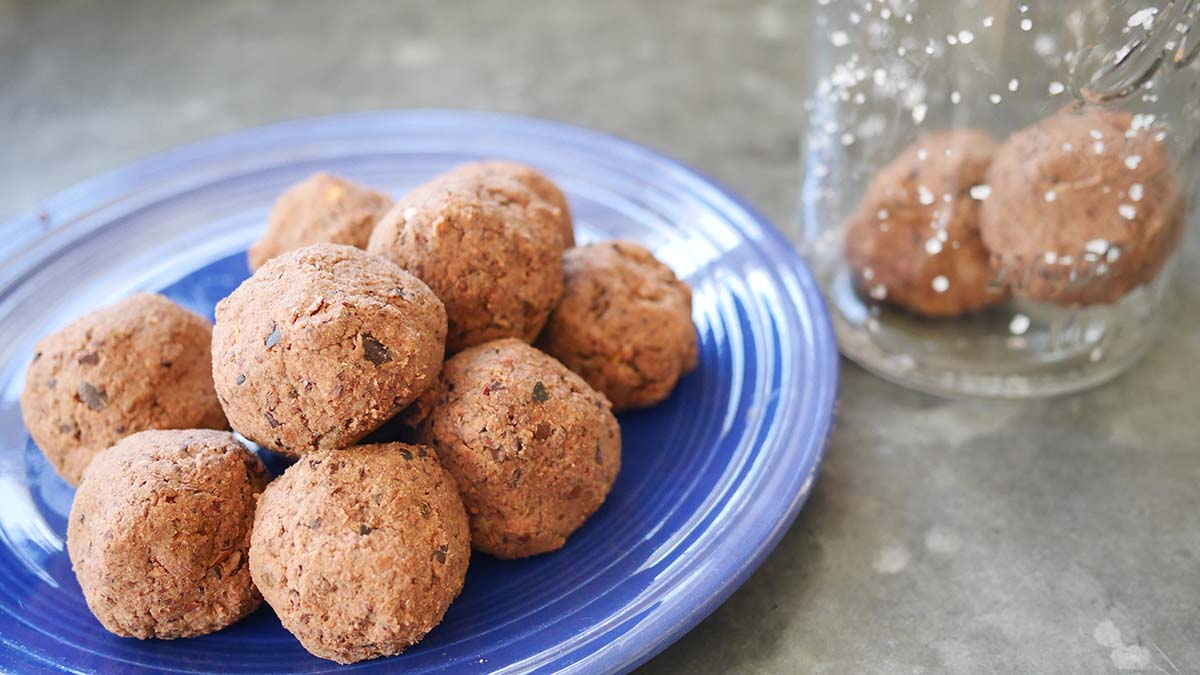
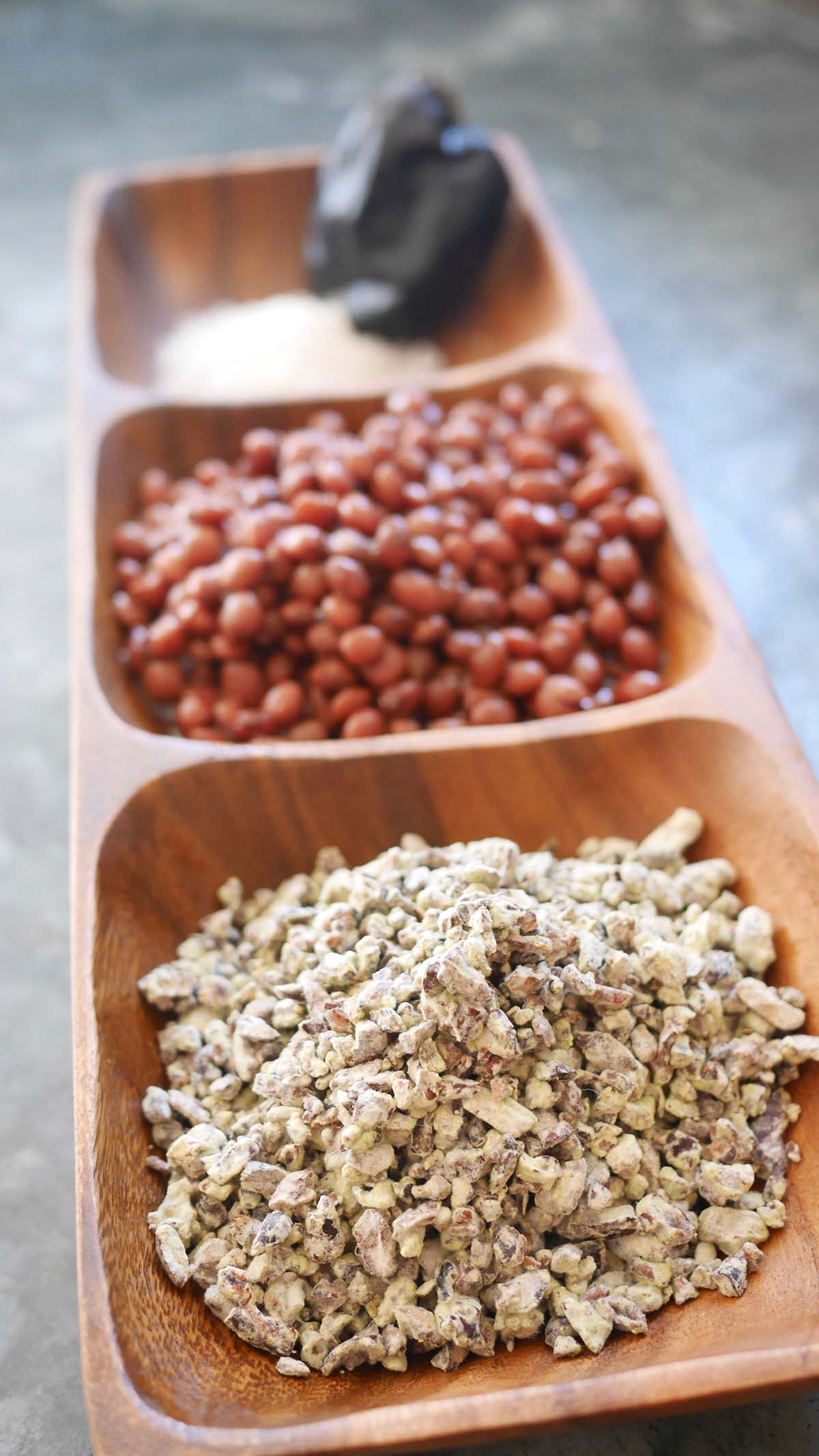
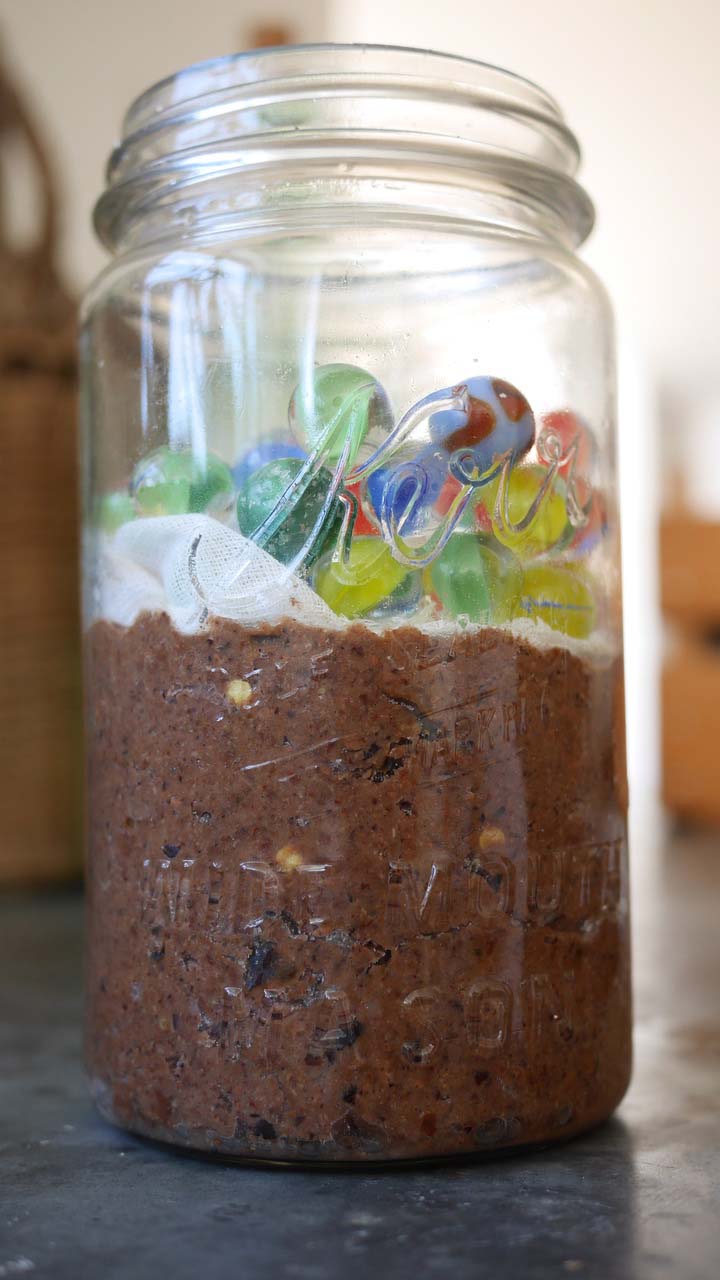
[top left] Cocoa, bean, chile miso mixed and ready to pack in jar, [bottom right] koji grown on cocoa nibs for miso with beans and chile, and [bottom right] Cocoa, bean, chile miso packed and ready to ferment (photos by Kirsten K. Shockey)
Sauces and pastes like tamari, shoyu (soy sauce), shio koji, or miso are umami bombs that rely on a two-step fermentation process. This process begins with a filamentous fungus, aspergillus oryzae, known worldwide by its Japanese moniker—koji. Its spore inoculates a substrate where it grows, laying down enzymes like amylase, protease, and lipase. These catalysts break down larger molecules in the foods (not flavorful) into smaller, simpler parts that are scrumptious. For example, with the help of lipase, fats become much-needed fatty acids. Proteins become delicious amino acids. This action makes the substrate ready for the microbes that ferment to do their work. An example is sake, rice wine, the yeast that creates the alcohol cannot access the sugar they need when it is locked up in the starch molecule. Once freed by koji and amylase, the sugar is available to ferment into wine.
This natural chemical process can make working with koji feel like working with a magician. Chefs and home cooks are universally discovering ways to collaborate with this fungus by growing it on local ingredients to bring about entirely new dishes and condiments. Interestingly, a positive outcome of the worldwide awareness of koji is that this attention has been an important source of new customers for some of Japan’s twelve koji spore producers. For context, there were 43 companies in 1949. It is a story of changing tastes and a declining amount of traditional fermented food producers.

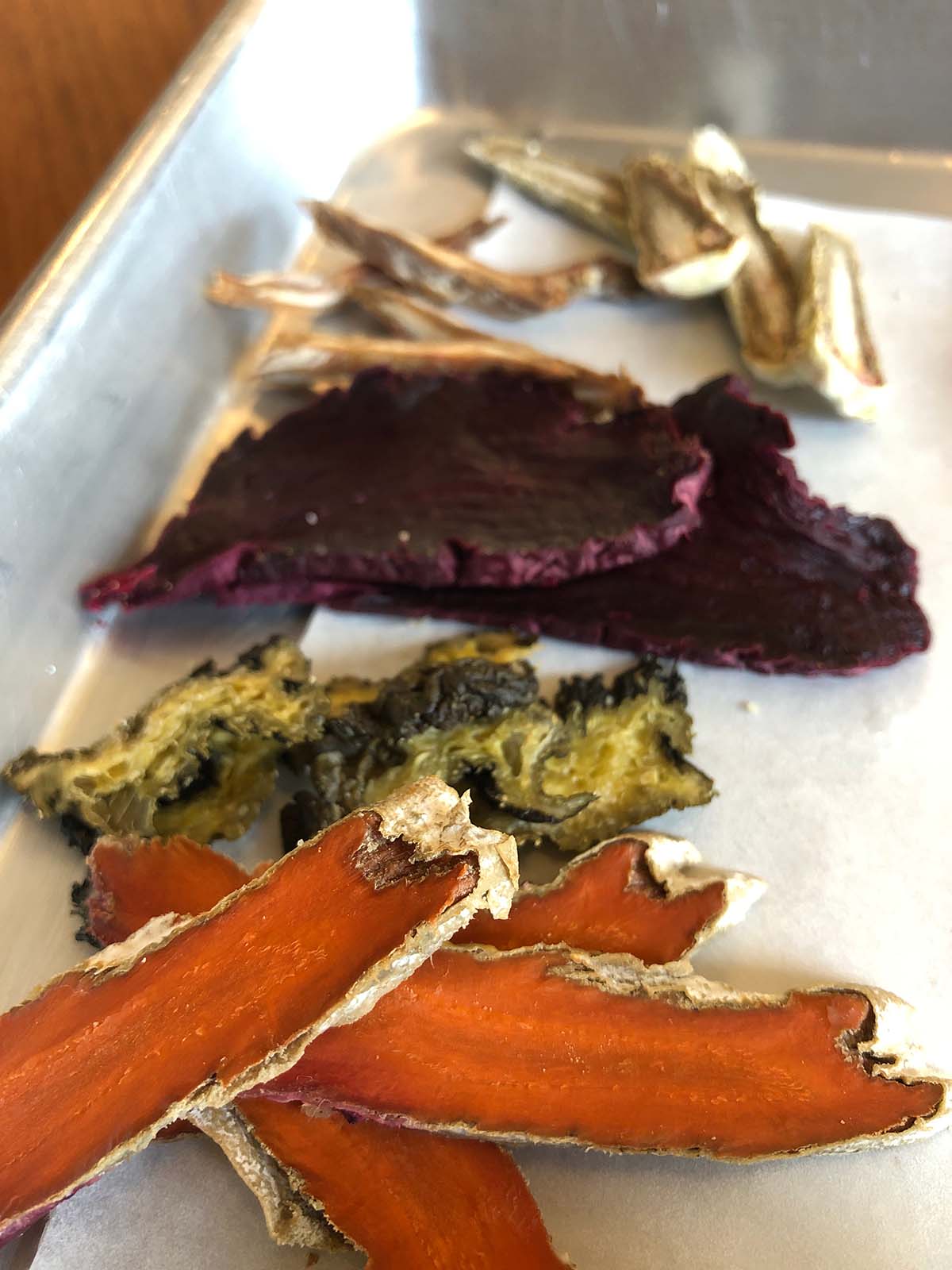
[left] plant-based burger made with koji, tempeh, and nuts, [rihgt] koji cured vegetables – carrots, zucchini, beets, by Jeremy Umansky (photos by Kirsten K. Shockey)
Kirsten K Shockey is a renowned fermentation expert, author, and co-founder of The Fermentation School. She empowers people to connect with their food through hands-on workshops and her popular books, including Fermented Vegetables and Homebrewed Vinegar. Her expertise has made her a trusted authority in the world of fermentation.

